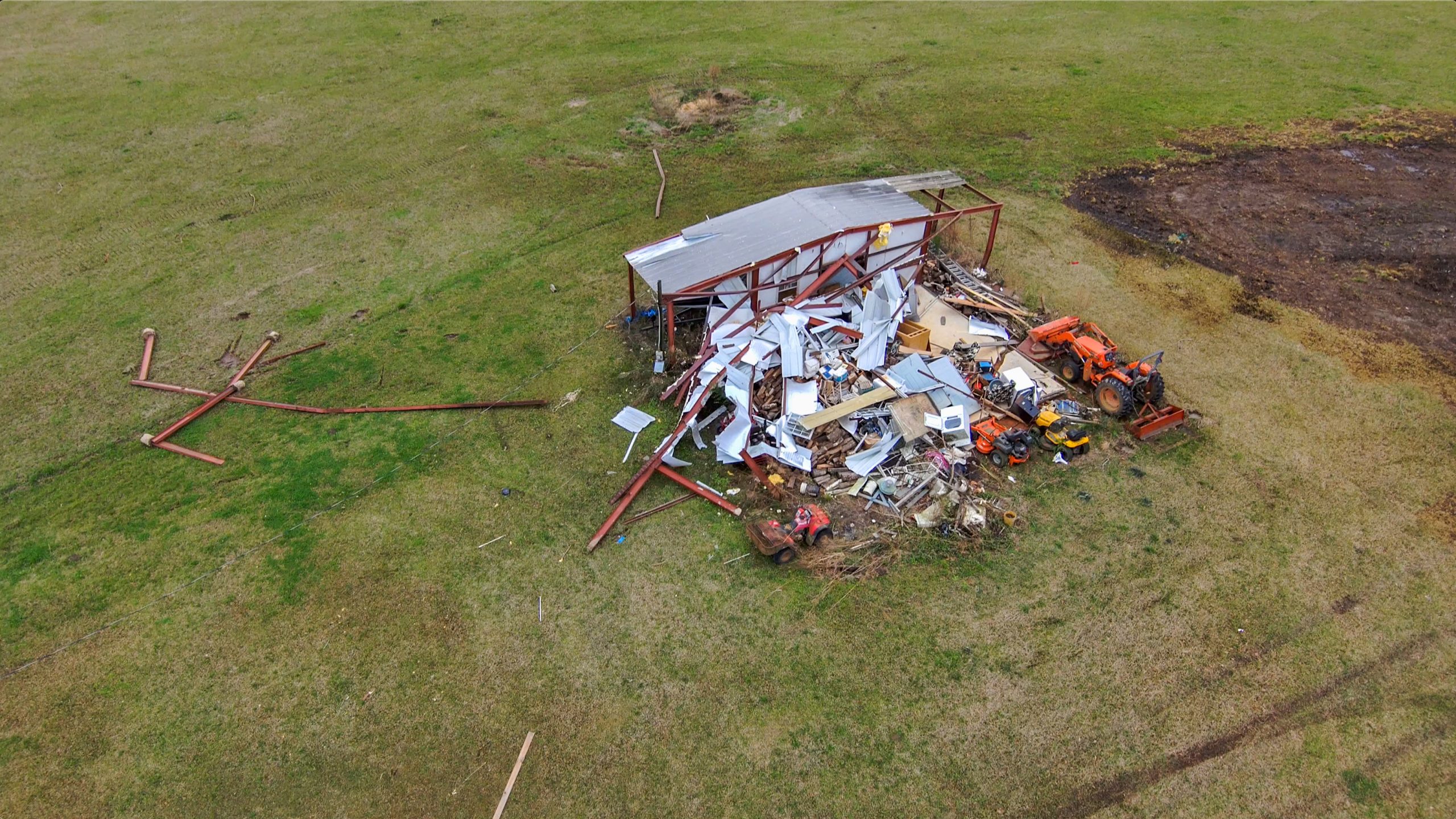AMS Journal of Applied Meteorology and Climatology
This study used 20 years of Oklahoma Mesonet data to investigate the changes of near surface water vapor mixing ratio (qv) during the afternoon to evening transition (AET). Similar to past studies, increases in qv are found to occur near sunset. However, the location, magnitude, and timing of the qv maximum occurring during the AET are shown to be dependent on the seasonal growth and harvest of vegetation across Oklahoma in the spring and summer months. Particularly, the late spring harvest of winter wheat grown in Oklahoma appears to modify the relative contribution of local and non-local processes on qv. By analyzing time series of qv during the AET, it is found that the likelihood of a pre-sunset qv maximum is strongly dependent upon vegetation, soil moisture, wind speed, and cloud cover. Analysis also reveals that the increase in qv during the AET can increase the parcel conditional instability despite the surface cooling produced by loss of insolation. Next to known changes in low-level wind shear, these changes in instability and moisture demonstrate new ways the AET can modify the presence of the key ingredients relevant to explaining the climatological increase in severe convective storm hazards around sunset.



